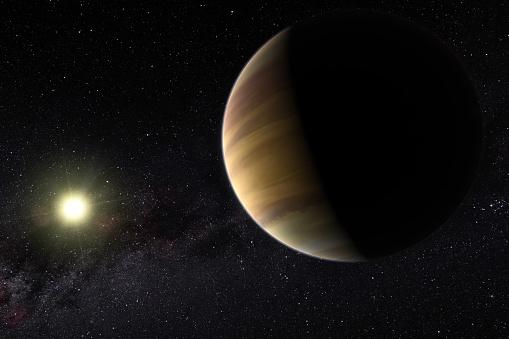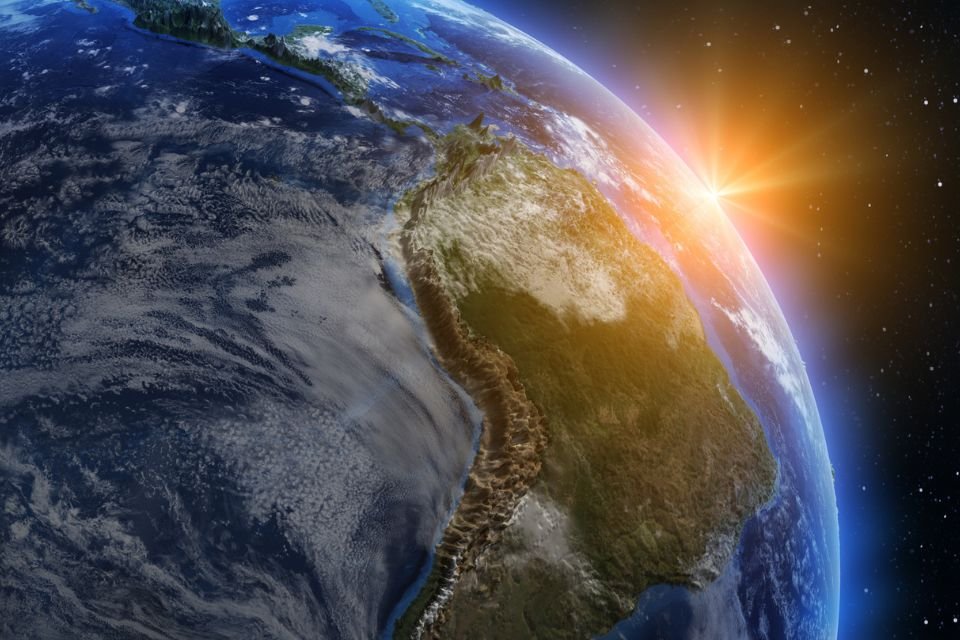A study recently published in The Astronomical Journal brought a significant discovery: signs of the existence of an Earth-like planet orbiting among millions of icy debris in the far reaches of the Solar System. This is the first indication of the existence of the hypothetical Planet Nine. Searched object in the Kuiper Belt (KPB) since the beginning of the 20th century.
The existence of this planet, so far suggested only by its gravitational influence on the alignment of Trans-Neptunian objects (OTNs), was tested by Japanese researchers through N-body simulations, a tool used in astrophysics to test the dynamics of trans-Neptunian objects. Particles under the influence of gravity.
According to the authors of the paper – Patryk Sofia Lykawka of Kindai University and Takashi Ito of the National Astronomical Observatory of Japan, “the Sun is located at 250-500 astronomical units (AUs) and is 1.5-3 times larger than the Earth.” The existence of KBP” )” was based on “observable and verifiable signatures of the planet’s putative perturbations” in various TNOs.
What is the Kuiper Belt?
The Kuiper Belt is a massive circumstellar disk, a vast belt of cosmic material surrounding the Sun beyond the orbit of Neptune, the last planet in the Solar System. Its distance from our parent star varies between 30 AU and about 50 AU. Each of these units represents the average distance between the Earth and the Sun, approximately 150 million kilometers.
The stellar disk, also called the Fernández Belt in honor of the Uruguayan astronomer who discovered it, consists of millions of small icy celestial objects (TNOs) that are assumed to be debris left over from the formation of the Solar System. System. However, among them there are also dwarf planets such as Pluto, Haumea, Makemake and Eris.
Although it is similar to the famous asteroid belt located between the orbits of Mars and Jupiter, The Kuiper Belt is different because it is much larger (20 times wider and 200 times larger).While asteroids are composed of rocks and metals, there are objects composed mostly of frozen volatiles (methane, ammonia, and water).
Is the discovered exoplanet really Planet Nine?

The authors never linked the so-called ninth planet of the Solar System with the new hypothesized planet (which they preferred to call KBP, the initials of the planet in the Kuiper belt). They also agree on this the object will be closer and more effective in orbits outside our planetary system.
Another important observation It is worth noting that KBP itself has not yet been officially defined., directly or indirectly, in the heavens. And this needs to be investigated further, as there is a 90% chance of detection, according to the authors.
Stay up to date on the latest discoveries in science and astronomy at TecMundo. If you wish, take the opportunity to learn how Einstein’s theory rejects the existence of the planet Vulcan.
Source: Tec Mundo
I’m Blaine Morgan, an experienced journalist and writer with over 8 years of experience in the tech industry. My expertise lies in writing about technology news and trends, covering everything from cutting-edge gadgets to emerging software developments. I’ve written for several leading publications including Gadget Onus where I am an author.













